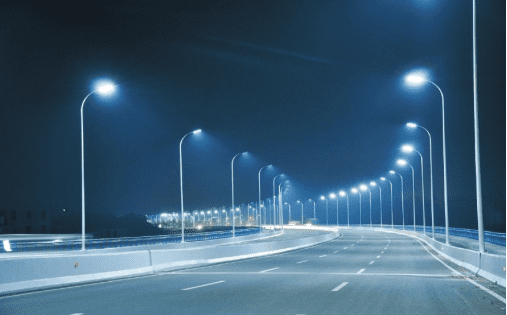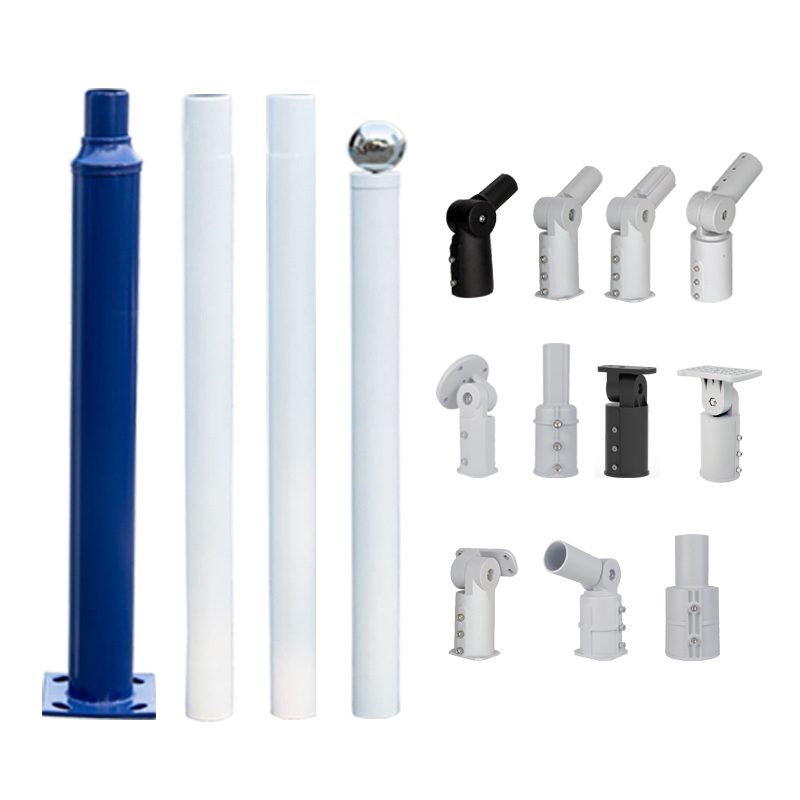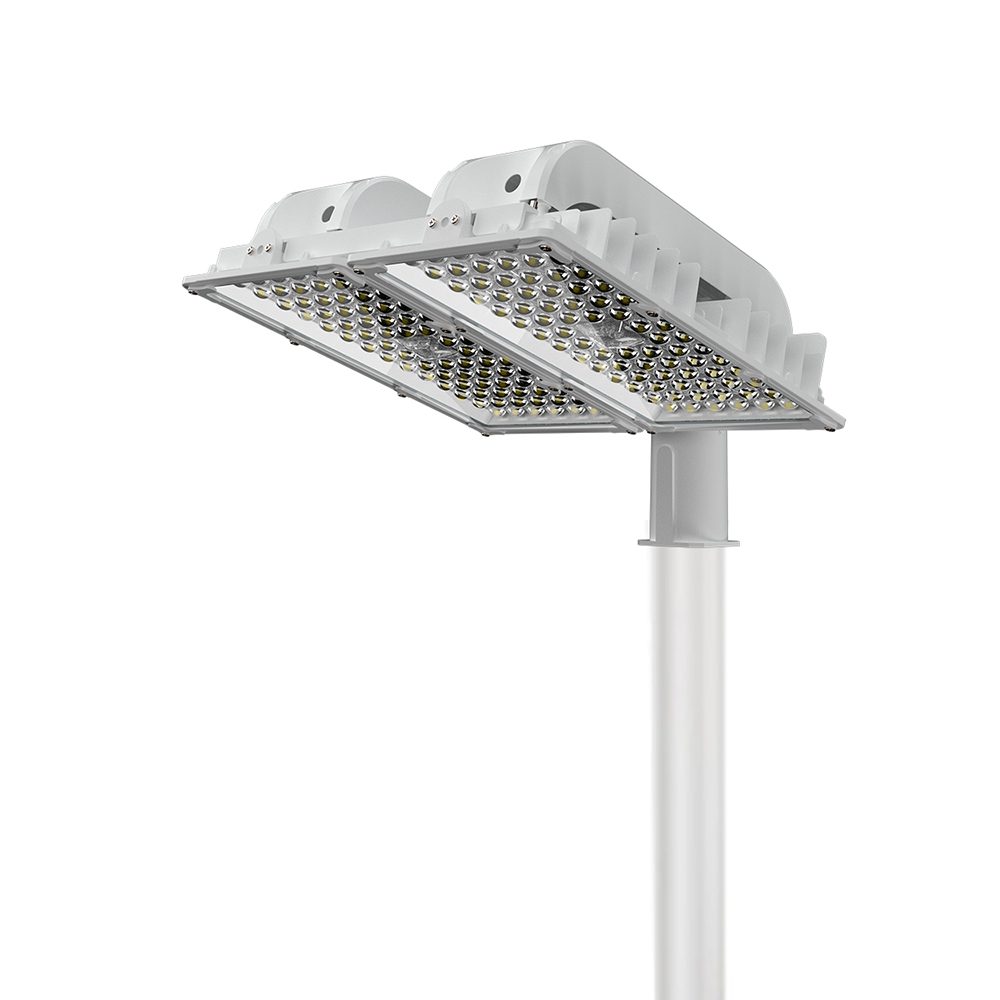As a key component of urban lighting system, the importance of urban led street lights cannot be underestimated. With the accelerating process of economic and social development, the scale of urban road infrastructure is also expanding, and the energy consumption of urban street lighting is increasing day by day.

Relevant surveys show that 1% of China’s annual power generation is used for urban street lighting, but the actual energy utilization rate is only maintained at 65%, resulting in a very serious energy waste problem. In view of this, the application of energy-saving technology in urban street lighting can minimize energy consumption and achieve efficient use of electric energy.
First of all, the application of energy-saving technology helps to improve the quality of life of residents, build an economic, comfortable and environmentally friendly lighting system, which can make residents live in a comfortable space and effectively improve the happiness and satisfaction of urban residents.
Secondly, the application of energy-saving technology in urban street lighting can alleviate the problem of energy shortage at this stage, reduce the funds spent in the maintenance and maintenance of street lights, and ensure the overall use effect of urban street lights.
Finally, the application of energy-saving technology can avoid the occurrence of too bright or too high glare of street lights, through system control, light source system adjustment and reduce power and other measures to ensure the service life of street lights in the voltage peak and valley period.
In summary, the application of energy-saving technology in urban street lighting has irreplaceable significance.









